Our friend Claire is back! You remember Claire from “The Rashy Horror Picture Show” and “The Splinter Under The Nail”? Well, now she’s here to talk about how she saved Sequin—the Parakeet—from God only knows what! (A gastro-intestinal flu?)
Sequin is below on the right.
Claire wrote to me on August 22nd and said the following:
Hi Elaine, I hope you are doing well and staying cool this summer…
I do that by only going out once a week!
Yeah exactly, me too. Things are supposed to get oppressively hot later in the week here. Have you and Shana ever had birds as pets?
Rick and I used to make a habit of buying sunflower seeds and walnuts so we could feed the birds and squirrels every day. I think I have a picture of me feeding Mr. Squirrel.
Oh, Mr. Squirrel is so adorable!
I remember all the blue jays and cardinals that used to come to our yard, even a parakeet once! I took a picture of the parakeet, I should look for it, I hope I haven’t lost it! Oh wow, I can’t believe I actually found it!
Oh, that’s a beautiful parakeet! But sad because it was probably a pet that got loose. We have two male parakeets, Sequin and Kiki. Yesterday I had the opportunity to treat our 8 year old parakeet, Sequin. He needed ___________.
Wait, Claire, some of our readers get very angry if we blurt out the name of a remedy before they have a chance to figure it out for themselves!
OK, well, sure, I guess that makes sense. So as I was saying, I usually get up in the morning and open the blinds by the window where Sequin and his buddy Kiki share a large cage. I sing a good morning song to them as I roll up the blinds and get them chirping for the day….
Something like, “Good Morning, Good Morning!” by the Beatles?
Yes, exactly like that. Except yesterday morning, it wasn’t!
Oh dear!
Sequin was sitting forlornly on the edge of the food dish, with his tail in the food, and he did not look right; he looked miserable and tired. When we would reach in, he did not resist our attempts (this is not normal for him; usually he tries to grab at our fingers with his beak or avoid our grasp; he doesn’t like to be held). When he tried to fly to a perch, he just fell flat with his wings outstretched.
Ouch! Oh wow!
At first we thought the problem was an injury because the boys (both birds are boys) every once in a while enjoy a good knock-down, drag out fight to let off steam, tackling and pinning each other down until they get tired or we break it up.
Yeesh! Boys will be boys, even when they’re birds, I guess.
Exactly. I don’t think I recall them doing this when they were younger. Now they’re like grumpy old men. Or “the odd couple”. Something along those lines. They do keep each other company though. Sometimes they’re thick as thieves, “talking” about something or another. It is really cute.
Oh! That is funny!
But as we continued to observe and examine, it did not seem like his wings were injured. He was acting very sleepy; soporific; groggy. No interest in food or drink. He had also done some watery poop. Then we observed him vomiting up some dry looking, undigested bird seed. I put a pellet of _________ 30c into some water (not in the dish shared by his buddy), and then got an eyedropper to try to get a drop or so into him. After the first dose, he spent a short time slightly more alert, and then he slept.
You know, the right remedy will often put a patient to sleep. And if that happens, don’t wake him up, and if it happens to you, don’t fight it! Sleep, in this instance, is curative.
When he woke up an hour or two later, he had diarrhea again and I gave him another drop after first succussing the bottle five times; he resisted more this time, an indication that he was being more himself, though he still wasn’t eating or drinking.
According to Hering’s Law, healing takes place on the mental plane first! So, this is actually what we want to see! Cases get cured in stages, not necessarily all at once.
Fifteen minutes later, he was sleeping again but this time, his beak was tucked into his feathers like they normally like to sleep, instead of clinging to the side of the cage, basically hanging by his beak and feet. After half an hour, he became alert, and hopped onto the swing, which is at the top of the cage!
That’s gotta be a good sign! Energy returning!
Fifteen minutes later, he was bobbing his head up and down and threw up more dry looking, undigested seed. He hopped onto a perch, still quite alert, and more seeds were coming up. After all of that, he slept and his strength seemed normal. Later in the afternoon, he spent time sitting next to Kiki, who was very patient and quietly talking to Sequin, even though Sequin was silent and not talkative yet. An hour or so after this was the last time I observed diarrhea, and Sequin was still not vocalizing and still wanted to rest a lot. I gave one more dose of __________ with the eyedropper; 45 minutes after this dose, he was alert, sitting comfortably, scratching his head with his foot, and then relaxing the rest of the evening.
When I reached in to try to pet him that evening, he lunged for my fingers which is more typical of his behavior (he doesn’t like to be handled, so it made sense that while he was sick, he wasn’t putting up a fight.)
This morning he was acting normally, with normal energy, appetite and vocalizing. I do not know whether he had a little stomach bug (which the other bird did not catch) or if he had somehow overindulged in seed and his digestive system did not like it. Once things cleared “at either end”, with a little help from the remedy, his energy level and behavior was all back to normal. Parakeet age span is usually 5-8 years; 15 years may be the longest life span for a parakeet. Sequin is 8 years old and Kiki is 10+ years old, still going strong!
What a great story, Claire. And PS, you did a great job!
OK, what have we got here? The elements of the case are:
- Slow digestion
- Weak digestion
- Vomiting undigested food
- Thirstless
- Loss of appetite
- Diarrhea
- Weakness
And if we repertorize these items, here’s what we get:
We get Lycopodium only barely edging out Nux vomica, Pulsatilla and China; not the kind of results we can feel confident in! So what do we do in a situation like this? We look for what’s most compelling in the case, and in this instance, I’d say we have a very weak case for physical pathology but a much stronger case for the constitution! And what is this bird anyway? He’s aggressive! And he doesn’t want to be touched or held. So, I did the following, and what have we got now?
Nux vomica! Touch agg. and Wants to fight—and he really does! Now, doesn’t Nux vomica make sense? It came in a very close 2nd in the pathology repertorization! So, that’s what Claire gave, somehow she knew! Good for you Claire, you’ve done a great job— again!!!!
****
Bye everybody, see you in October!
_________________________________
Elaine Lewis, DHom, CHom
Elaine takes online cases. Write to her at [email protected]
Visit her website: https://ElaineLewis.hpathy.com

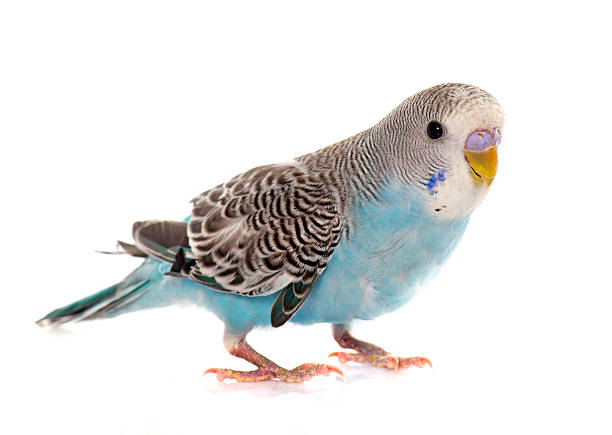
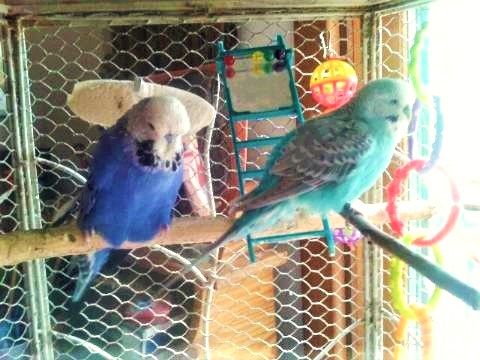
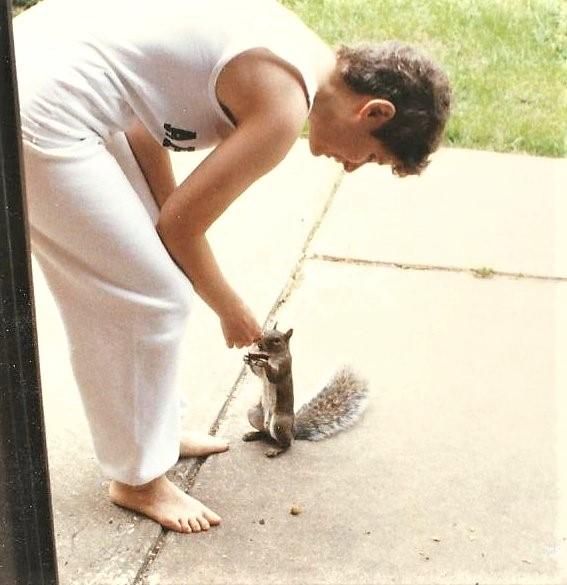
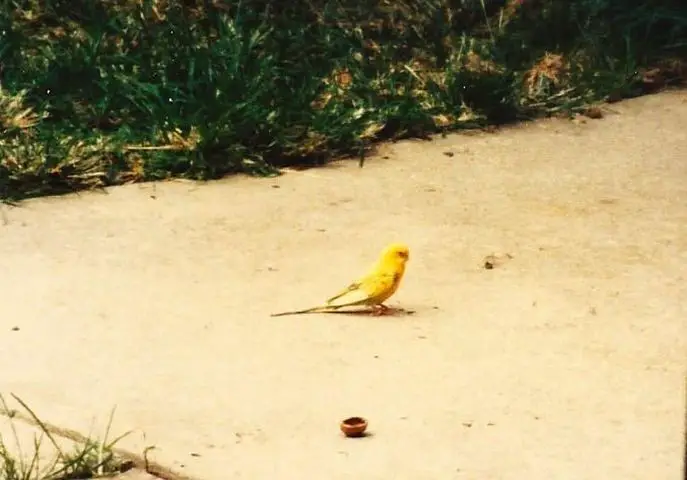

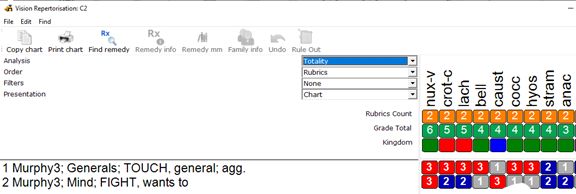

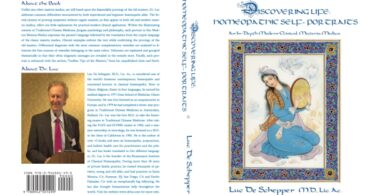


What a lovely and educational case! You’ve taught your readers the basic concepts of prescribing and the result in this case is a constitutional for a parrot. Who would have thought it! Congratulations!